NEW YORK, U.S./HONOLULU, U.S.: Good oral health is increasingly recognized as an essential part of healthy aging. It is closely related to overall health status and quality of life, and regular dental checkups can prevent oral diseases and help maintain oral health. However, regularly seeing a dentist is a challenge for many Americans, especially older adults, racial and ethnic minorities, and immigrant populations, new research suggests.
The study, which was led by scientists at the New York University (NYU) Rory Meyers College of Nursing and the University of Hawai‘i at Mānoa, found that visits to the dentist drop significantly after adults turn 80 years old. It also highlighted disparities in dental visits for U.S. adults by race and country of birth, finding that immigrants and racial and ethnic minorities were less likely to access care. Roadblocks to dental care include lack of access to quality dental care, little awareness of the importance of oral health, racial discrimination, language barriers and absence of dental insurance coverage. Medicare does not cover most dental care and only 12% of Medicare beneficiaries report having at least some dental insurance from another source.
These findings were obtained through an examination of how often people see a dentist as they age, focusing on U.S. adults 51 years and older and exploring variations by race and country of birth. A total of 20,488 study participants of different races and ethnicities, including 17,661 U.S.-born and 2,827 foreign-born individuals, were investigated. Seventy percent of adults had visited a dentist in the past two years, but this rate decreased significantly from around age 80. U.S.-born adults of all races and ethnicities were more likely to see a dentist (71%) than immigrants were (62%). The gap in care between U.S.-born adults and immigrants shrank as people aged, suggesting that age and acculturation may play a role in decreasing oral health disparities over time. The researchers also found that black and Hispanic adults had lower rates of service utilization than did white adults and that, while the rates of service utilization decreased with age for all groups, the rates of decline for white adults were slower than others.
“Our study went beyond prior research by confirming that racial and ethnic disparities were substantial and persistent as people became older, regardless of their birthplace and while adjusting for a wide range of factors. This finding is alarming as it indicates that some unmeasured factors beyond the scope of this study, such as oral health literacy, perception of need, barriers to access, and dissatisfaction with dental care, could play important roles in explaining the disparities in dental care as people age,” explained senior author Prof. Bei Wu from the NYU Rory Meyers College of Nursing.
The study, titled “Racial/ethnic disparities in dental service utilization for foreign-born and U.S.-born middle-aged and older adults,” was published online on July 4, 2019, in Research on Aging, ahead of inclusion in an issue.
Tags:
ADELAIDE, Australia: A study conducted at the University of Adelaide has suggested that children who are breastfed for at least two years could be at a ...
In today’s busy life, patients may have trouble coordinating their work and home schedules when treatment requires multiple appointments. Typically, when ...
The long-term clinical success of dental implants is dependent upon osseointegration, which is defined as a direct functional and structural connection ...
BRUSSELS, Belgium: Given the prevalence and preventable nature of periodontitis, new ways of thinking about gingival health are needed to increase awareness...
TEL AVIV, Israel: The COVID-19 pandemic has resulted in the closure of most dental clinics in Israel, and a nationwide lockdown is in effect for the ...
REYKJAVIK, Iceland: The University of Iceland (HÍ) and the Directorate of Immigration are currently finalising a work agreement on determining the age of ...
SYDNEY, Australia: Nanoparticles of the common food additive titanium dioxide (E171), which is found in more than 900 food products, including chewing gum, ...
BILBAO, Spain: While the systemic health implications of neuropsychiatric disorders are well recognised, their connection to poor oral health—in ...
LEIPZIG, Germany: For the past six years, Dental Tribune International (DTI) and the International College of Dentists (ICD) have been engaged in a ...
SYDNEY, Australia: Research shows that facial attractiveness can significantly influence social decisions, including those related to dating, recruitment ...
Live webinar
Wed. 14 January 2026
12:00 pm EST (New York)
Dr. Théo Laplane, Dr. Robert Gottlander DDS
Live webinar
Fri. 16 January 2026
12:00 pm EST (New York)
Live webinar
Mon. 19 January 2026
1:00 pm EST (New York)
Philipp Kopp, Michael Seeber
Live webinar
Thu. 22 January 2026
9:00 am EST (New York)
Prof. Judith Jones D.D.S; M.P.H., Prof. Kakuhiro Fukai D.D.S., Ph.D, Dr. Bathsheba (Bethy) Turton
Live webinar
Thu. 22 January 2026
2:00 pm EST (New York)
Dr. Nicola M. Grande DDS, PhD
Live webinar
Wed. 28 January 2026
8:00 am EST (New York)
Live webinar
Wed. 28 January 2026
11:00 am EST (New York)
Prof. Dr. Jan-Frederik Güth



 Austria / Österreich
Austria / Österreich
 Bosnia and Herzegovina / Босна и Херцеговина
Bosnia and Herzegovina / Босна и Херцеговина
 Bulgaria / България
Bulgaria / България
 Croatia / Hrvatska
Croatia / Hrvatska
 Czech Republic & Slovakia / Česká republika & Slovensko
Czech Republic & Slovakia / Česká republika & Slovensko
 France / France
France / France
 Germany / Deutschland
Germany / Deutschland
 Greece / ΕΛΛΑΔΑ
Greece / ΕΛΛΑΔΑ
 Hungary / Hungary
Hungary / Hungary
 Italy / Italia
Italy / Italia
 Netherlands / Nederland
Netherlands / Nederland
 Nordic / Nordic
Nordic / Nordic
 Poland / Polska
Poland / Polska
 Portugal / Portugal
Portugal / Portugal
 Romania & Moldova / România & Moldova
Romania & Moldova / România & Moldova
 Slovenia / Slovenija
Slovenia / Slovenija
 Serbia & Montenegro / Србија и Црна Гора
Serbia & Montenegro / Србија и Црна Гора
 Spain / España
Spain / España
 Switzerland / Schweiz
Switzerland / Schweiz
 Turkey / Türkiye
Turkey / Türkiye
 UK & Ireland / UK & Ireland
UK & Ireland / UK & Ireland
 Brazil / Brasil
Brazil / Brasil
 Canada / Canada
Canada / Canada
 Latin America / Latinoamérica
Latin America / Latinoamérica
 USA / USA
USA / USA
 China / 中国
China / 中国
 India / भारत गणराज्य
India / भारत गणराज्य
 Pakistan / Pākistān
Pakistan / Pākistān
 Vietnam / Việt Nam
Vietnam / Việt Nam
 ASEAN / ASEAN
ASEAN / ASEAN
 Israel / מְדִינַת יִשְׂרָאֵל
Israel / מְדִינַת יִשְׂרָאֵל
 Algeria, Morocco & Tunisia / الجزائر والمغرب وتونس
Algeria, Morocco & Tunisia / الجزائر والمغرب وتونس
 Middle East / Middle East
Middle East / Middle East
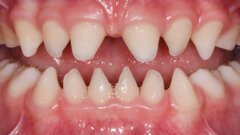



























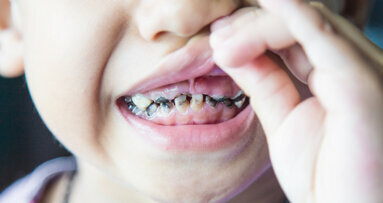

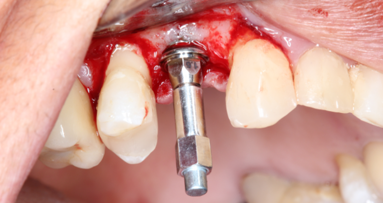
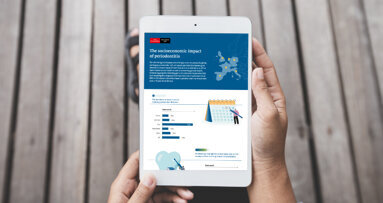

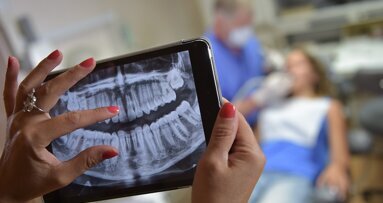


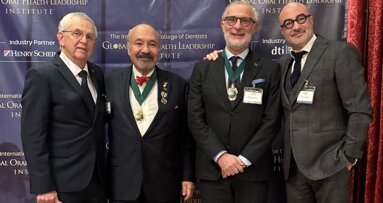











To post a reply please login or register